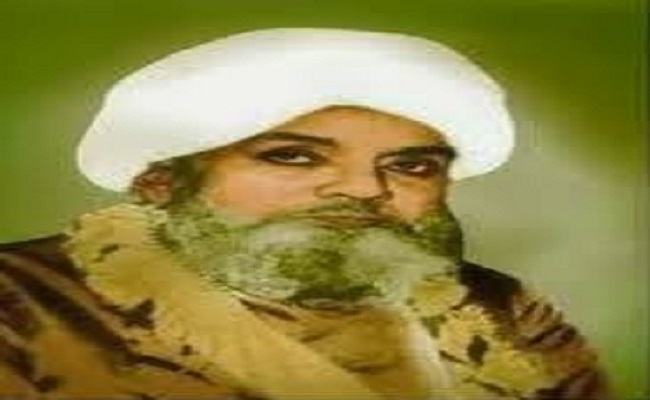Ayodhya: The Ayodhya Mosque Trust – Indo Islamic Cultural Foundation, set up to build a mosque here on the land mandated by the Supreme Court after the apex court gave the Babri land for the Ram Mandir, has decided to put the name of Mughal emperor Babar in the past baggage and dedicate its mosque project to the 1857 freedom fighter of Ayodhya – Maulvi Ahmadullah Shah. Even after more than one-and-a-half centuries of the 1857 War of Independence, this great revolutionary kept Ayodhya and other parts of Awadh region free from the British for more than a year. Ahmadullah Shah was an icon of Hindu-Muslim brotherhood in his lifetime and many feel he has not got his due regard.
After he was martyred by British agents and his head was severed from his body, the British buried his body and head at two unknown places, to prevent the people from turning his grave into a mausoleum. The British were of the opinion that even the dead Maulvi was as dangerous for British Raj as he was during his lifetime.
Historian Roshan Taqi said, ‘while going through the books written on Mutiny by British writers, this fact reveals how much the English were scared of the dead Maulvi. It’s very unfortunate that British authors have written a lot about Maulvi Ahmadullah Shah but we have no course on him in colleges and schools’. The only memory of Maulvi Ahmadullah Shah in Ayodhya is the Masjid Sarai in Faizabad city which was his headquarters, he added.
Ahmadullah Shah, born in 1787, more famously known as the Maulvi of Faizabad, was one of the leading figures in the war of 1857. In the Awadh region, Ahmadullah was known as the ‘Lighthouse of Rebellion’. Hailing from a noble warrior family of Awadh in Faizabad, he grew up to be a political leader committed to armed revolutionary insurrection against British rule in India.
During the freedom struggle, the Maulvi made Faizabad the centre and launched revolts in the entire Awadh region. He made the local mosque Masjid Sarai located in Chowk area of Faizabad his headquarters. As he liberated Faizabad and the larger part of Awadh region, he used the premises of this mosque to hold meetings with rebel leaders. Shah kept Faizabad free from British rule for almost one year, until his death at the hands of British agents June 5, 1858.
Researcher and historian Ram Shankar Tripathi said, “While being a practicing Muslim, he was also the epitome of religious unity and Ganga-Jamuna culture of Faizabad. In the revolt of 1857, royals like Nana Sahib of Kanpur, Kunwar Singh of Arrah fought alongside Maulavi Ahmadullah Shah. Maulavi’s 22nd Infantry Regiment was commanded by Subedar Ghamandi Singh and Subedar Umrao Singh in the famous Battle of Chinhat.”
Tripathi added, “Maulvi wanted Raja Jagannath Singh of Pawayan, a zamindar in Shahjahanpur district of Uttar Pradesh, to join the anti-colonial war. June 5, 1858, with prior appointment, he went to meet Raja Jagannath Singh in his fortress-like house. On arriving at the gate, he was greeted with a volley of gunshots from Jagannath Singh’s brother and retainers. The Maulvi breathed his last on the spot.”
Tripathi further added: “The martyr’s head was severed and carried in a piece of cloth with blood still oozing from it to the district magistrate, Shahjahanpur, by the zamindar. The district magistrate was at lunch with his friends. But the depraved feudal lord rushed in and presented the severed head of the hero on the dining table of the district magistrate. With a reward of Rs 50,000, he returned home.”
